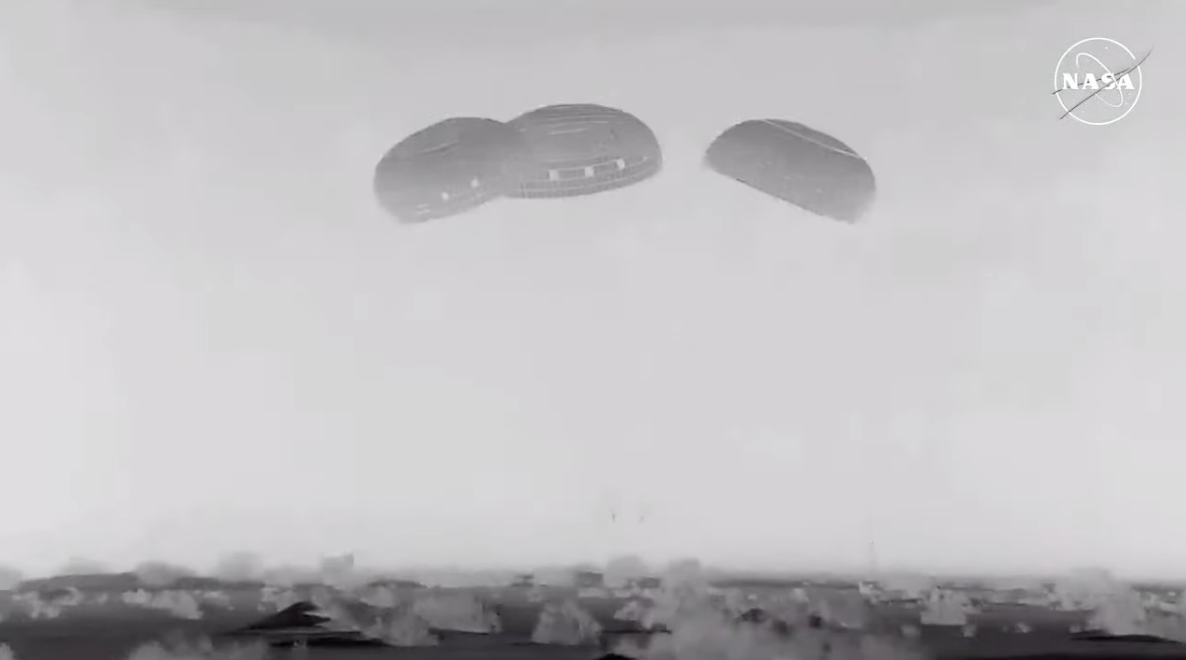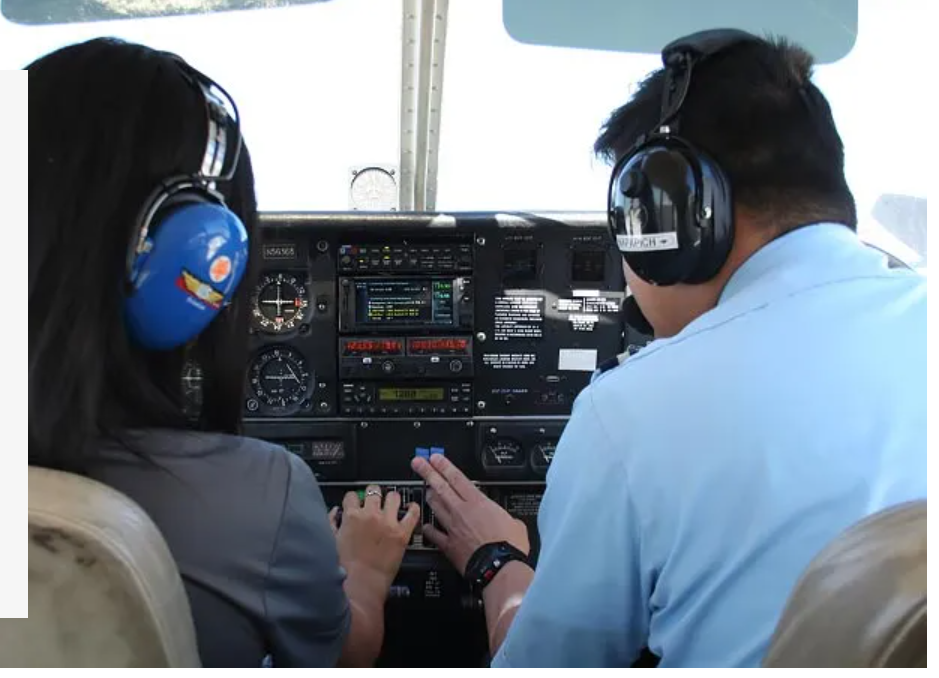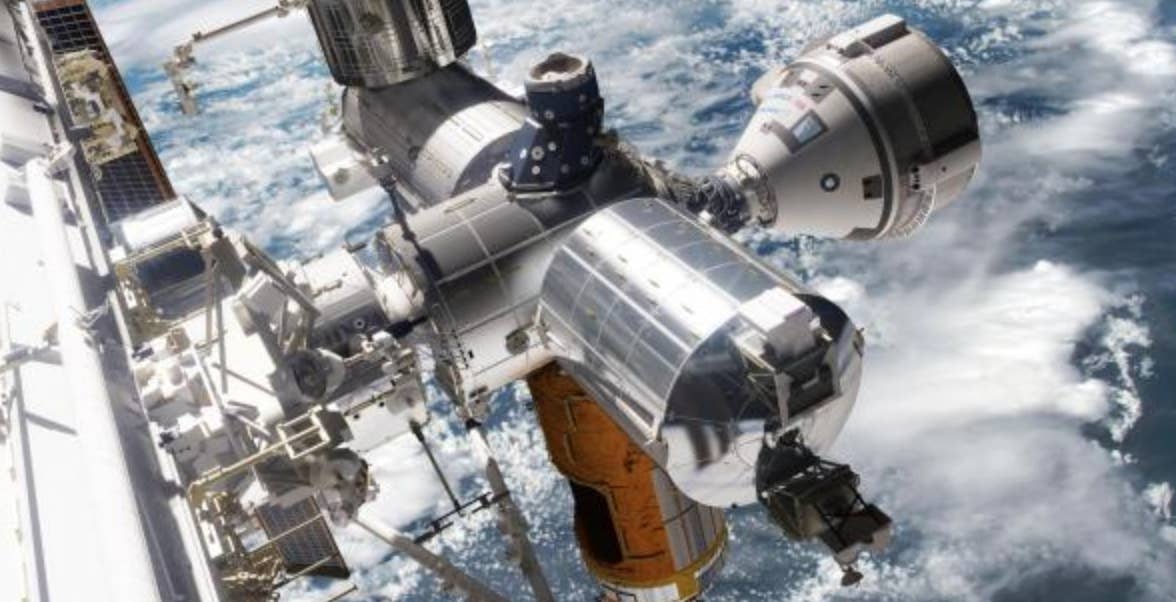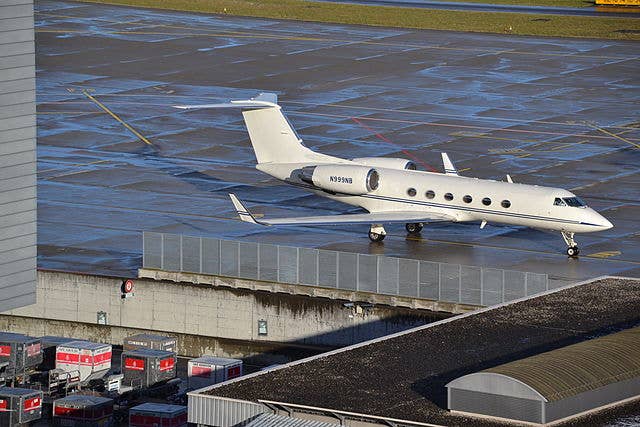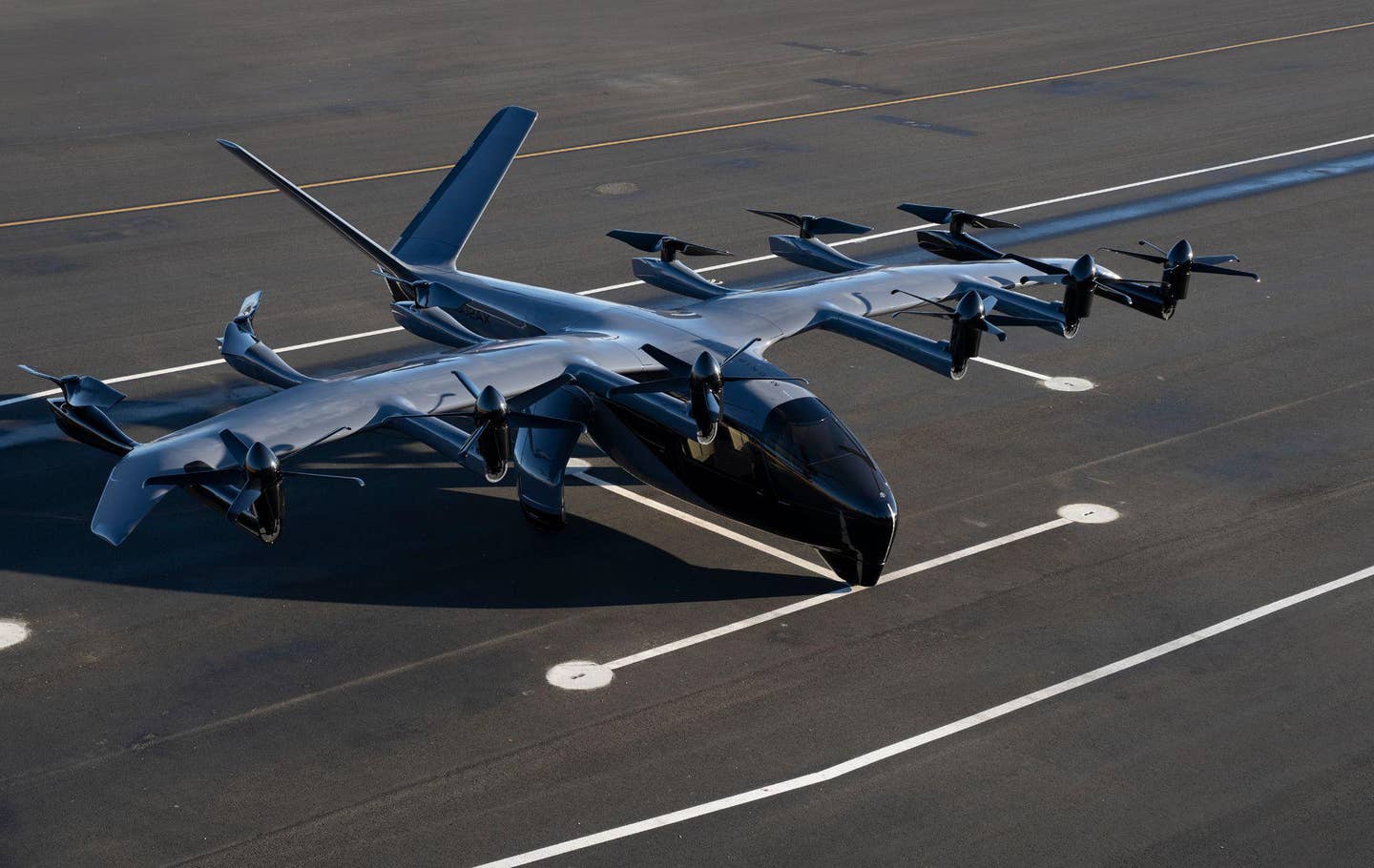USAF Looks To Reinstate CV-22 Ops, But Only When Safety Is Assured
Officials with the U.S. Air Force Special Operations Command remain cautious but are eager to relaunch operations of the CV-22 Osprey tiltrotor. Their concern focuses on the Nov. 29 Osprey…
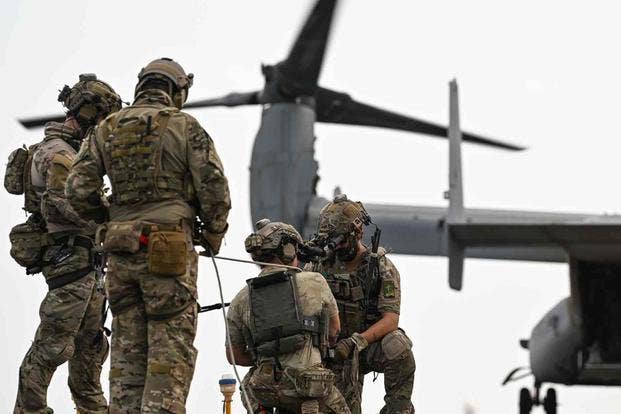
Air Force airmen practice CV-22 Osprey hoist training with U.S. Army National Guard soldiers at Camp Lemonnier, Djibouti. (U.S. Air Force photo by Staff Sgt. Allison Payne)
Officials with the U.S. Air Force Special Operations Command remain cautious but are eager to relaunch operations of the CV-22 Osprey tiltrotor. Their concern focuses on the Nov. 29 Osprey crash off the coast of Japan in which eight airmen were killed.
At a press roundtable discussion yesterday (Feb. 13), Lt. General Tony Bauernfeind, who heads up the Special Forces Operation Command, told reporters, “There is a strong desire to return to fly because that is a capability we want to have, but we want to be able to return to fly with as much knowledge as we possibly can [have] so that we can ensure that we are safely taking care of our crews as it goes forward.”
To date, evidence suggests mechanical failure, perhaps related to what the military.com website described as “a mysterious mechanical issue called hard clutch engagement that has been seen in the V-22 for more than a decade.” Since the accident, all Air Force, Marine Corps and Navy Ospreys have been grounded. Multiple investigations are ongoing.
During the press event, Bauernfeind assured reporters, “I can tell you right now, nothing is more important to me than the safety of our air commandos. And when the time is right, when we make the decision to return to fly, it will be with me having the full confidence not only in our training, but our crews, as well as the platform and the new mitigation measures we have in place.”

